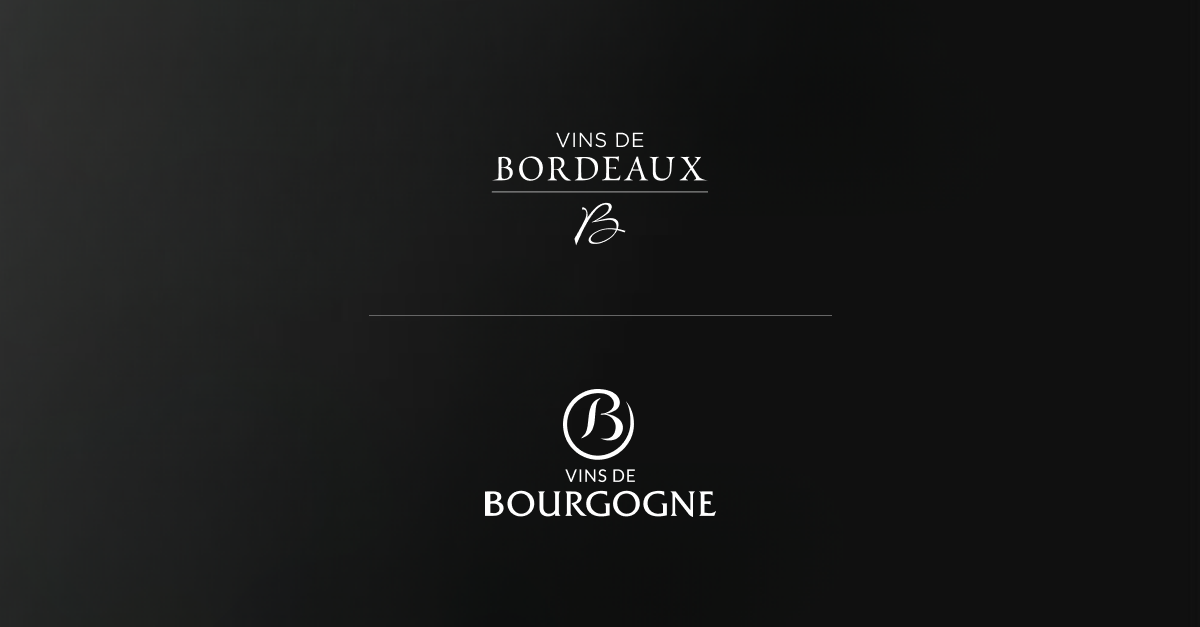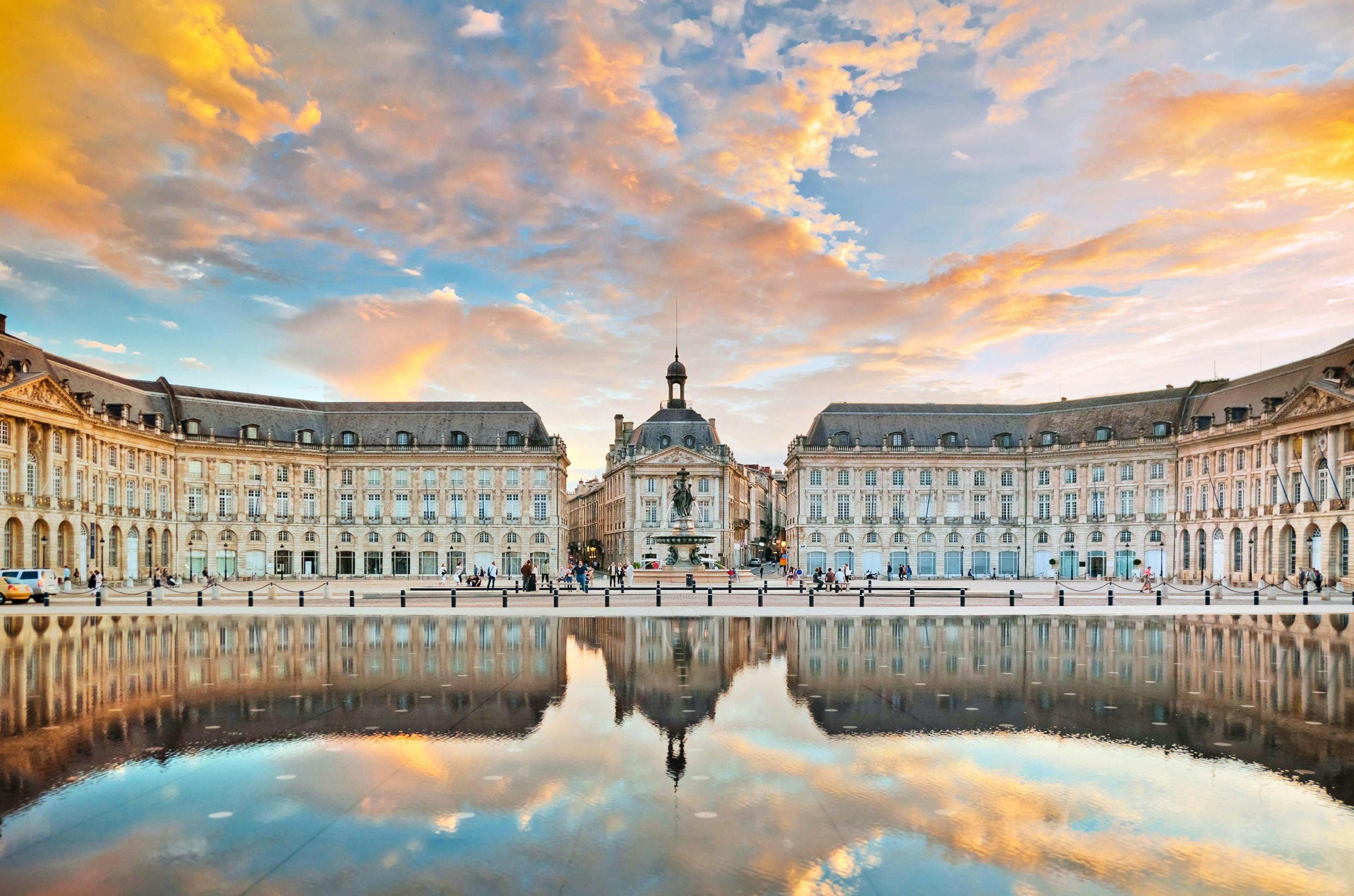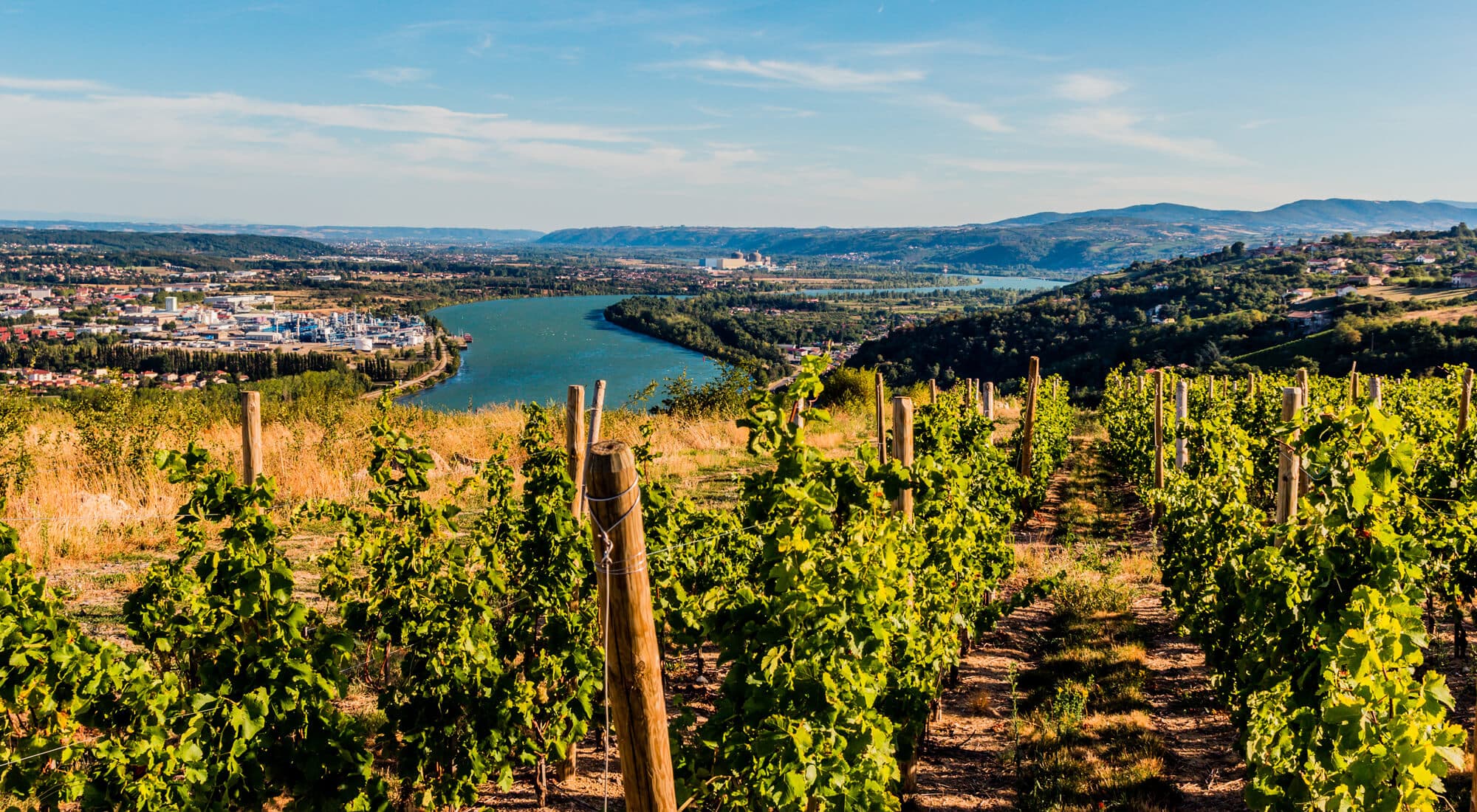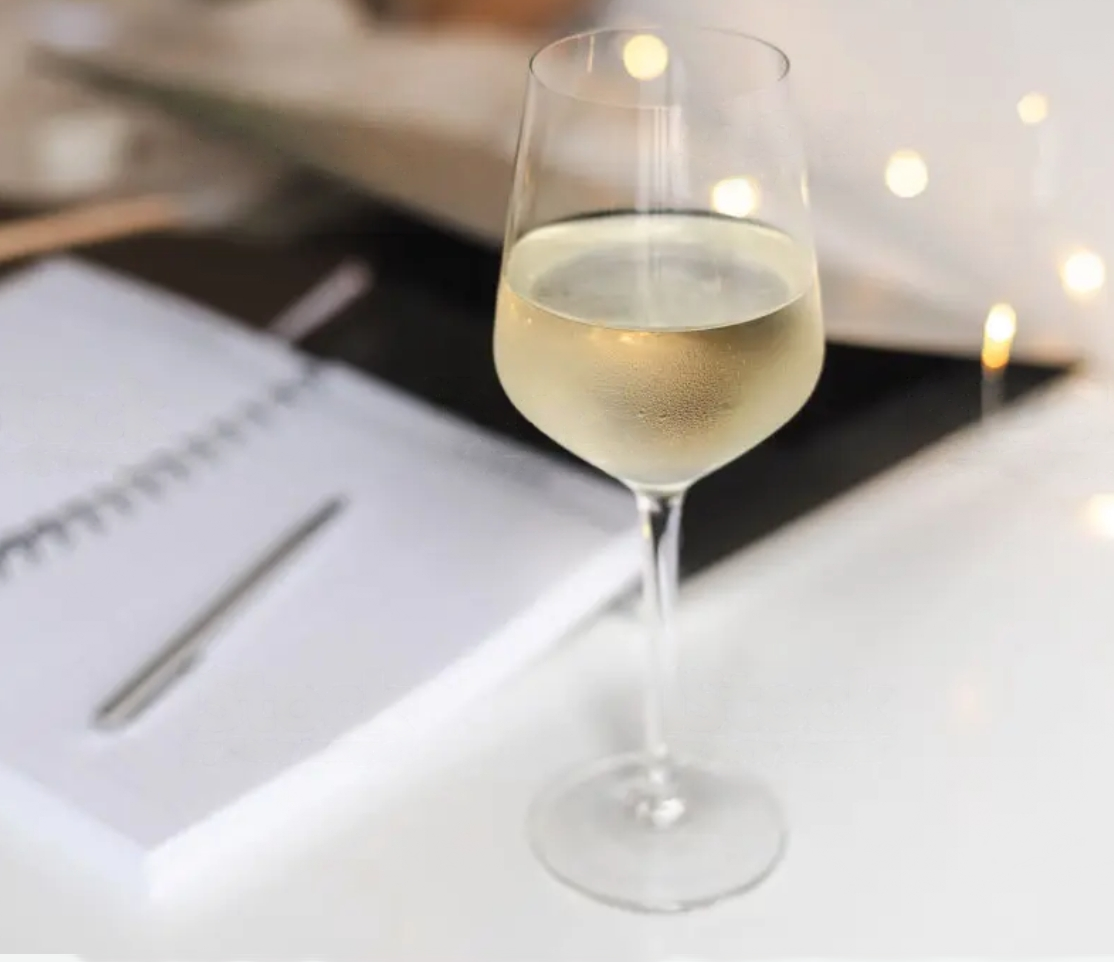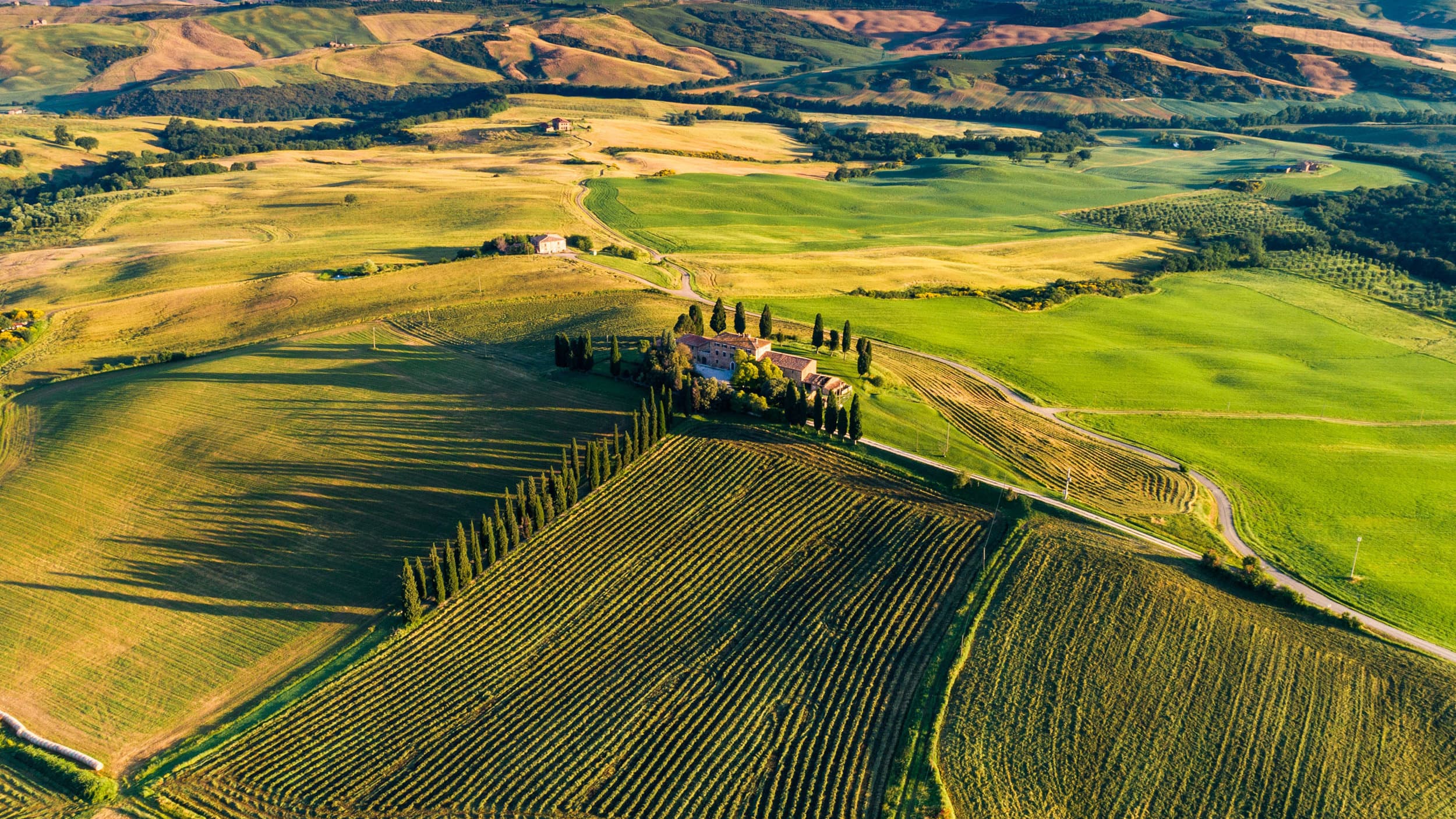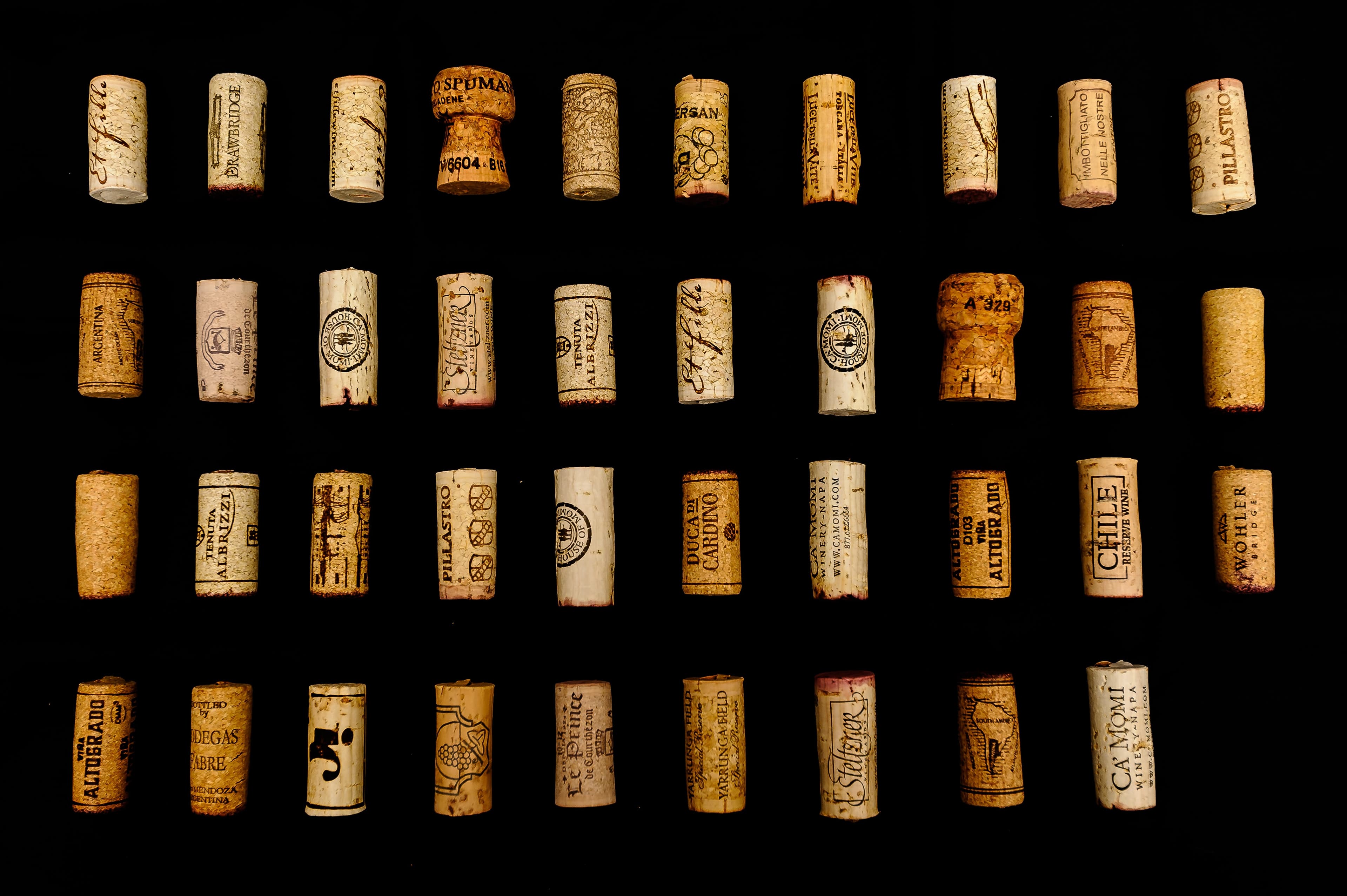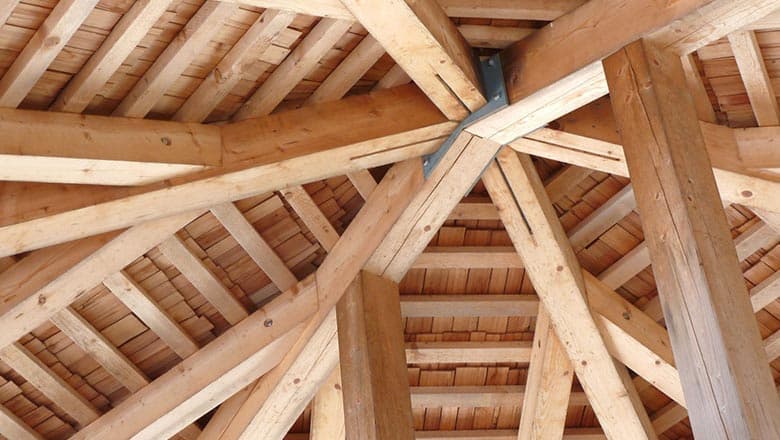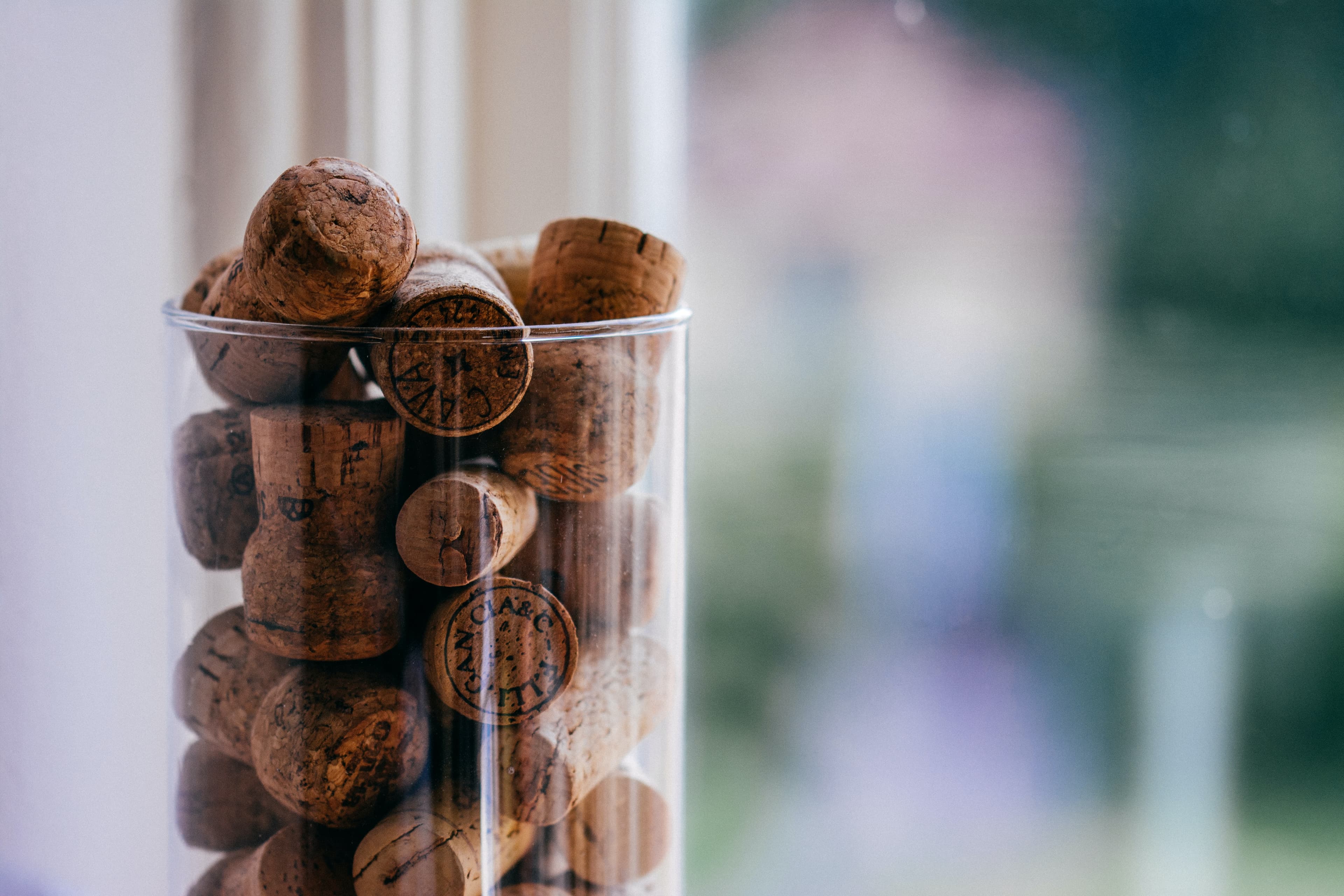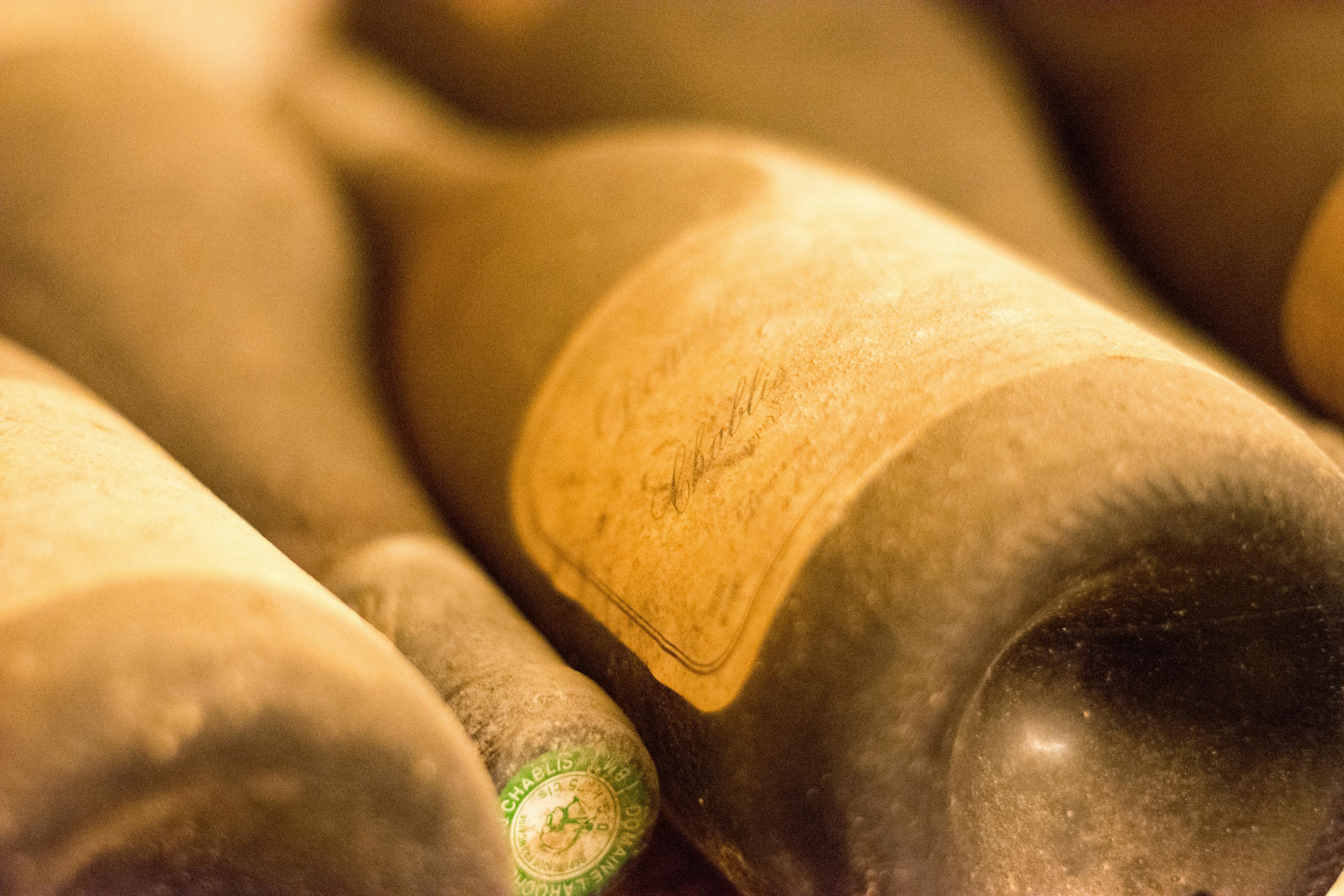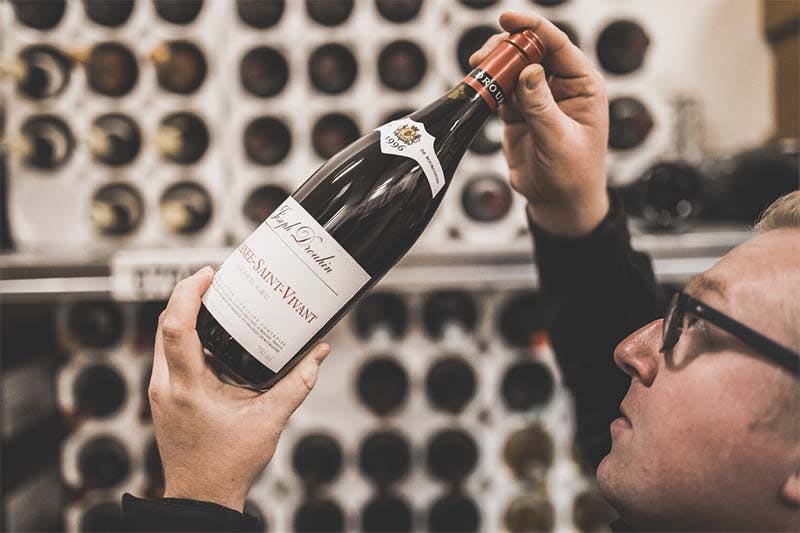
The Bordeaux vineyard, globally recognized for its exceptional wines, owes its reputation to a subtle blend of carefully selected grape varieties. These grape varieties, cultivated with passion in the Bordeaux region, impart unique characteristics and remarkable aging potential to the wines.
The 5 Main Grape Varieties of Bordeaux
In the Bordeaux vineyard, five grape varieties stand out for their importance and contribution to the region's wine fame. Each brings unique characteristics that, when blended together, create wines of unmatched complexity and richness. Let's discover these iconic grape varieties that shape the identity of Bordeaux's great wines.
Cabernet Sauvignon
Cabernet Sauvignon is often regarded as the king of Bordeaux grapes, particularly on the Left Bank. This late-ripening variety thrives in the gravelly soils of the Médoc, producing powerful and structured red wines.
This grape is relatively young, originating from a natural cross between Cabernet Franc and Sauvignon Blanc in the 17th century. Its cultivation spread throughout the Médoc starting in the 18th century, revolutionizing Bordeaux viticulture.
Example: Château Latour, a First Growth from Pauillac, is renowned for its masterful use of Cabernet Sauvignon, producing wines with exceptional longevity.
Merlot
Merlot, an early and generous grape, dominates the Right Bank of Bordeaux. It adds roundness and softness to blends, balancing the power of Cabernet Sauvignon.
Originating from the Bordeaux region, Merlot is first mentioned in a document from 1784. Its name is thought to derive from the merle, a bird fond of its berries. This anecdote illustrates the close connection between this grape and its terroir.
Example: The famous Château Pétrus, a flagship of Pomerol, is composed almost exclusively of Merlot, demonstrating the extraordinary potential of this grape when cultivated in exceptional terroir.
Cabernet Franc
Cabernet Franc, a parent of Cabernet Sauvignon, adds finesse and aromatic complexity to Bordeaux wines. It is particularly appreciated on the Right Bank, especially in Saint-Émilion.
Older than Cabernet Sauvignon, Cabernet Franc is believed to originate from the Spanish Basque Country. It has been cultivated in Bordeaux since the 17th century, playing a crucial role in the production of the region's great wines.
Example: Château Cheval Blanc, a Premier Grand Cru Classé A from Saint-Émilion, is famous for its unique blend dominated by Cabernet Franc, giving it elegance and length on the palate.
Petit Verdot
Although less widespread, Petit Verdot plays a crucial role in many Bordeaux blends. This late-ripening grape contributes color, tannins, and spice when climatic conditions allow it to reach optimal maturity.
This ancient grape was already present in the Médoc before the phylloxera crisis of the 19th century. Its exact origin remains mysterious, but it has been cultivated in Bordeaux for several centuries, showcasing the richness of the region's wine heritage.
Example: Château Palmer, a Third Growth from Margaux, often incorporates a significant proportion of Petit Verdot in its blends, contributing to the complexity and structure of its wines.
Malbec
Once more common in Bordeaux, Malbec (also known as Côt) is now less prevalent but continues to add color and fruitiness to some blends, especially in the Médoc and the Côtes de Bordeaux.
Locally known as Côt, Malbec was widely cultivated in Bordeaux before the devastating frost of 1956. Its introduction to the region dates back to the Middle Ages, illustrating Bordeaux's long viticultural history.
Example: Château Clerc Milon, a Fifth Growth from Pauillac, maintains a small proportion of Malbec in its vineyards, preserving part of Bordeaux's wine heritage.
The Art of Blending in Bordeaux: A Centuries-Old Tradition
The blending of grape varieties in Bordeaux is a practice that dates back to the 17th century. At that time, winemakers began mixing different grape varieties to mitigate climatic variations and ensure more consistent production. This technique has been refined over the centuries, becoming a true hallmark of Bordeaux wines. Blending not only creates more complex and balanced wines but also fully expresses the unique terroir of each estate.
Read also : "Great Bordeaux châteaux to know****"
Characteristics of Each Grape Variety
Understanding the specific characteristics of each grape variety is essential for appreciating the complexity of Bordeaux wines. Each variety contributes unique aromas, tannic structures, and aging potential, enriching the blends of Bordeaux. Let's explore in detail these emblematic grape varieties and their distinct contributions to the region's wine landscape.
Aromatic Profiles
Each Bordeaux grape variety possesses a distinct aromatic profile, contributing to the complexity of the region's wines. Cabernet Sauvignon is distinguished by its notes of blackcurrant, cedar, and tobacco, offering a powerful and recognizable olfactory signature. Merlot, on the other hand, brings softer aromas of plum, cherry, and violet, adding a fruity and floral dimension to the blends. Cabernet Franc stands out with its scents of raspberry, bell pepper, and iris, adding further aromatic complexity. Petit Verdot, while less commonly used, contributes violet, spice, and dark fruit aromas, enhancing the aromatic structure of the wines. Finally, Malbec brings aromas of blackberry, plum, and licorice, enriching the aromatic palette of Bordeaux wines.
The blending of these grape varieties allows Bordeaux winemakers to create wines with complex and appealing bouquets, reflecting both the terroir and the vintage. This aromatic diversity is one of the signatures of great Bordeaux wines, offering a unique sensory experience with each tasting.
Tannic Structures
The tannic structure of Bordeaux wines, essential to their aging potential, varies according to the grape varieties used. Cabernet Sauvignon is known for its powerful and structuring tannins, forming the backbone of many great Left Bank wines. Merlot, in contrast, contributes softer and silkier tannins, helping to balance and round out the blends. Cabernet Franc is characterized by fine and elegant tannins, adding finesse to the wines. Petit Verdot, despite its moderate use, brings firm and concentrated tannins, reinforcing the wine's overall structure. Malbec offers robust and fleshy tannins, adding depth to the blends.
The art of blending involves finding the perfect balance among these different tannic structures to create harmonious wines suitable for aging. Bordeaux winemakers skillfully manipulate these components to shape unique wines capable of positively evolving over the years.
Aging Potential
The aging potential of Bordeaux wines is one of the most sought-after characteristics by enthusiasts and collectors. Each grape variety contributes differently to this aging capacity. Cabernet Sauvignon, with its excellent aging potential, allows wines to evolve over several decades, developing complex aromas of leather, forest floor, and spices over time. Merlot offers medium to long aging, adding roundness and complexity as the years pass. Cabernet Franc has good aging potential, developing refined tertiary aromas that add depth to aged wines. Petit Verdot, though less present, significantly contributes to the longevity of blends thanks to its tannic structure. Finally, Malbec, with its medium aging potential, adds fruitiness and color over the long term.
Great Bordeaux wines, resulting from skillful blends of these grape varieties, can thus improve over many years in the cellar, offering unique tasting experiences at different stages of their evolution.
Read also : "The Color of Bordeaux Wines: From Red to White****"
The Bordeaux Blend: The Art of Combination
The blending of grape varieties is an essential practice in Bordeaux winemaking, allowing for the creation of wines of remarkable complexity and richness. This technique, which combines tradition and innovation, enables winemakers to leverage the unique characteristics of each grape variety to craft harmonious wines tailored to the specificities of each terroir. Let's discover how the art of blending shapes the great wines of Bordeaux.
Typical Percentages in Blends
The proportions of each grape variety in Bordeaux blends vary according to regions and desired styles. On the Left Bank, Cabernet Sauvignon typically dominates, often representing between 50% and 70% of the blend. It is complemented by Merlot, which usually constitutes 20% to 30% of the mix, along with other grape varieties in varying proportions. On the Right Bank, Merlot predominates, frequently representing 60% to 80% of the blend, paired with Cabernet Franc (10% to 30%) and sometimes with Cabernet Sauvignon.
It is important to note that these percentages are not fixed and can vary significantly from one château to another, reflecting both the terroir, the winemaker's style, and the specificities of the vintage. This flexibility in blending allows winemakers to adapt to each year's conditions and maintain the quality and distinctive style of their wines.
Influence on Wine Style
Blending plays a crucial role in defining the style of Bordeaux wines. A wine dominated by Cabernet Sauvignon will generally be more structured and tannic, with significant aging potential. A greater proportion of Merlot will yield softer and rounder wines, often more accessible in their youth. The addition of Cabernet Franc brings finesse and further aromatic complexity. Petit Verdot, even in small quantities, can enhance the structure and color of the wine. Malbec, on the other hand, contributes richness in color and adds additional fruity notes.
Bordeaux winemakers leverage these different components to create unique wines that reflect not only their terroir but also their vision and personal style. This diversity in blending partly explains the richness and variety of Bordeaux wines.
Evolution of Blending Practices
Blending practices in Bordeaux have evolved over time, adapting to climatic changes and market demands. With climate change, there is a trend toward increasing the proportion of Cabernet Sauvignon in some blends, as this grape benefits from higher temperatures to reach optimal maturity. At the same time, market demand for more accessible wines has led some producers to adjust their blends, sometimes favoring higher proportions of Merlot for softer, earlier-drinking wines.
There is also a resurgence of interest in previously less-used grape varieties, such as Petit Verdot, which is finding new life in the context of climate change. Some winemakers are even experimenting with reintroducing old Bordeaux grape varieties like Carménère or introducing new varieties better suited to the current climate.
Despite these evolutions, the art of blending in Bordeaux remains deeply rooted in tradition while adapting to modern challenges. This ability to evolve while staying true to its heritage is one of the strengths of the Bordeaux vineyard.
The iconic grape varieties are at the very heart of Bordeaux's great wines. Each brings its unique characteristics, allowing winemakers to craft an infinite palette ranging from accessible wines to prestigious grand crus. Blending reflects not only the viticultural heritage but also adaptability in the face of modern challenges.
For enthusiasts eager to explore the richness of Bordeaux blends, Rekolt.io offers a carefully curated selection of Bordeaux wines. Whether you're seeking a Médoc dominated by Cabernet Sauvignon or a Saint-Émilion rich in Merlot, our platform allows you to discover the diversity of Bordeaux grape varieties at attractive prices. Moreover, our team of experts is available to guide you in your choices, helping you understand the subtleties of different blends. With Rekolt, dive into the fascinating world of Bordeaux grape varieties and find the wine that perfectly matches your tastes. Visit Rekolt.io today and be enchanted by the magic of Bordeaux blends.
Share this article
